How often should you expect to replace your headset, keyboard, or mouse — buying tips for picking longer-lasting gear
Your favorite gaming gear will break, but when?
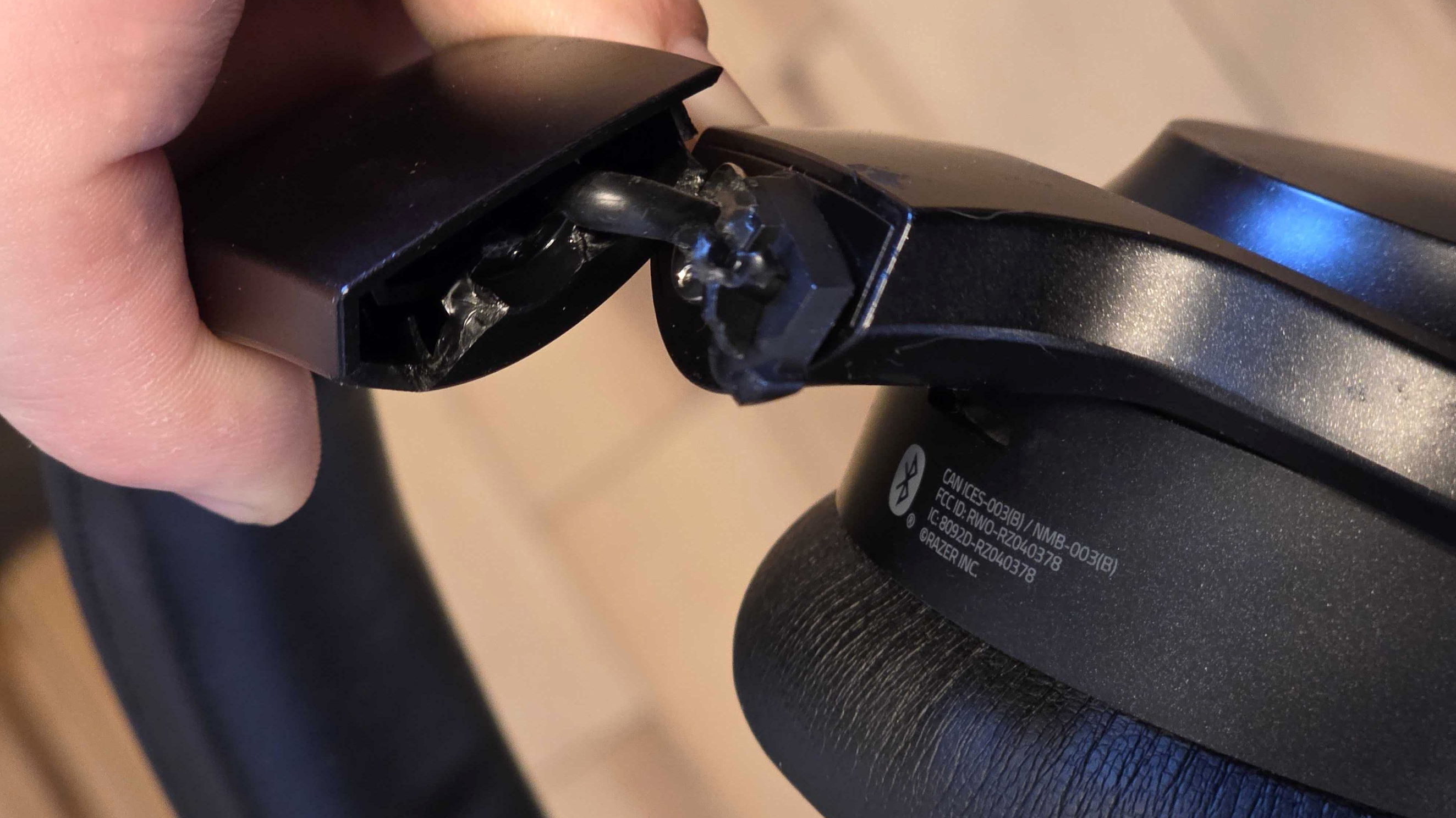
A couple of weeks ago, my colleague Matt Safford showed up to our morning meeting wearing half a headset. "Guess what," he announced. "My headset — the one that I only use for these meetings — just snapped in half. While I was wearing it."
I asked if he'd been putting it on, or fiddling with the adjustments, and he confirmed that he wasn't touching it — it was on his head and it suddenly felt loose, and when he reached up to see what was going on, he discovered it was in two pieces. RIP, Razer Barracuda Pro — the included rigid carrying case isn't quite as much of a benefit if the headset is so fragile it's going to snap in half while it's being used exactly as intended.
This isn't the first time one of us has shown up to the morning meeting in need of a new peripheral, whether it's a headset, keyboard, mouse, or, I don't know... a chair or a desk. And peripherals, especially gaming peripherals, aren't meant to last forever — they wear out (even if you're not a gamer who's prone to fits of rage), physically, and they become dated, technologically. At the rate gaming companies update their lineups, it seems like you should be shopping for new accessories every 2 - 3 years. Of course, gaming companies want to sell you stuff, so that's not a great way to estimate the expected lifespan of your gear.
But you might be wondering just how long your peripherals should last, assuming you're not a competitive eSports athlete or a gaming peripherals editor.
Headsets
Why you can trust Tom's Hardware
Matt's Razer Barracuda lasted about 2.5 years, which is definitely shorter than you should expect a gaming headset to last (and you shouldn't expect any gaming headset to snap at the hinge while you're just... wearing it). But the best gaming headsets won't necessarily last forever, depending on a few factors.
Wireless headsets tend to lose their steam faster because the battery degrades — but you should still be able to get a solid 3 - 4 years out of a wireless headset, if not longer. Wired headsets can last significantly longer if they're well-built, but most gaming headsets are... not that well-built. Still, a decent wired headset should get you a solid 5 - 6 years of use — longer if it has replaceable parts.
Here's what you should look for if you're looking for a headset that won't snap in half:
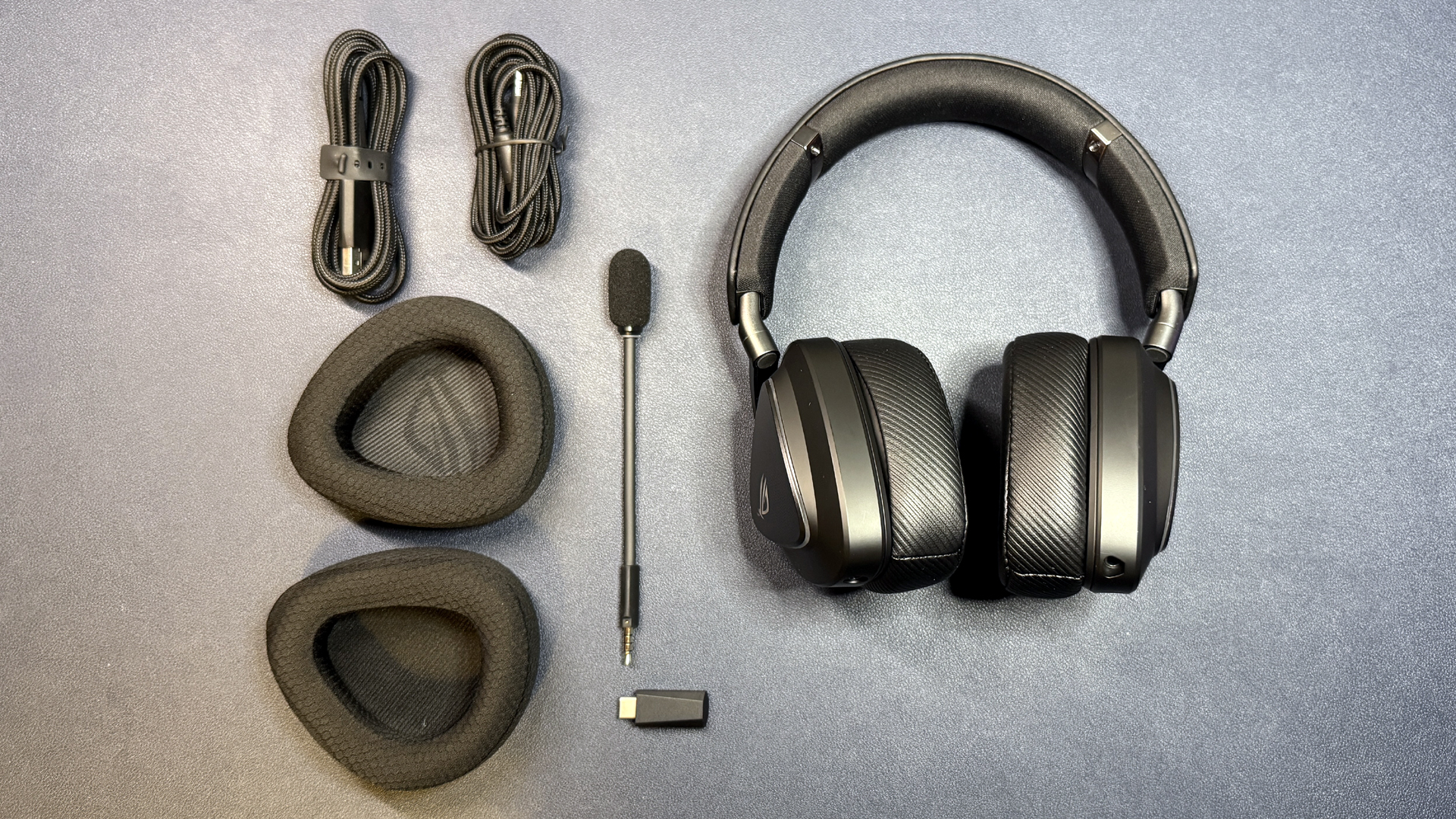
Asus ROG Delta II comes with replaceable earpads
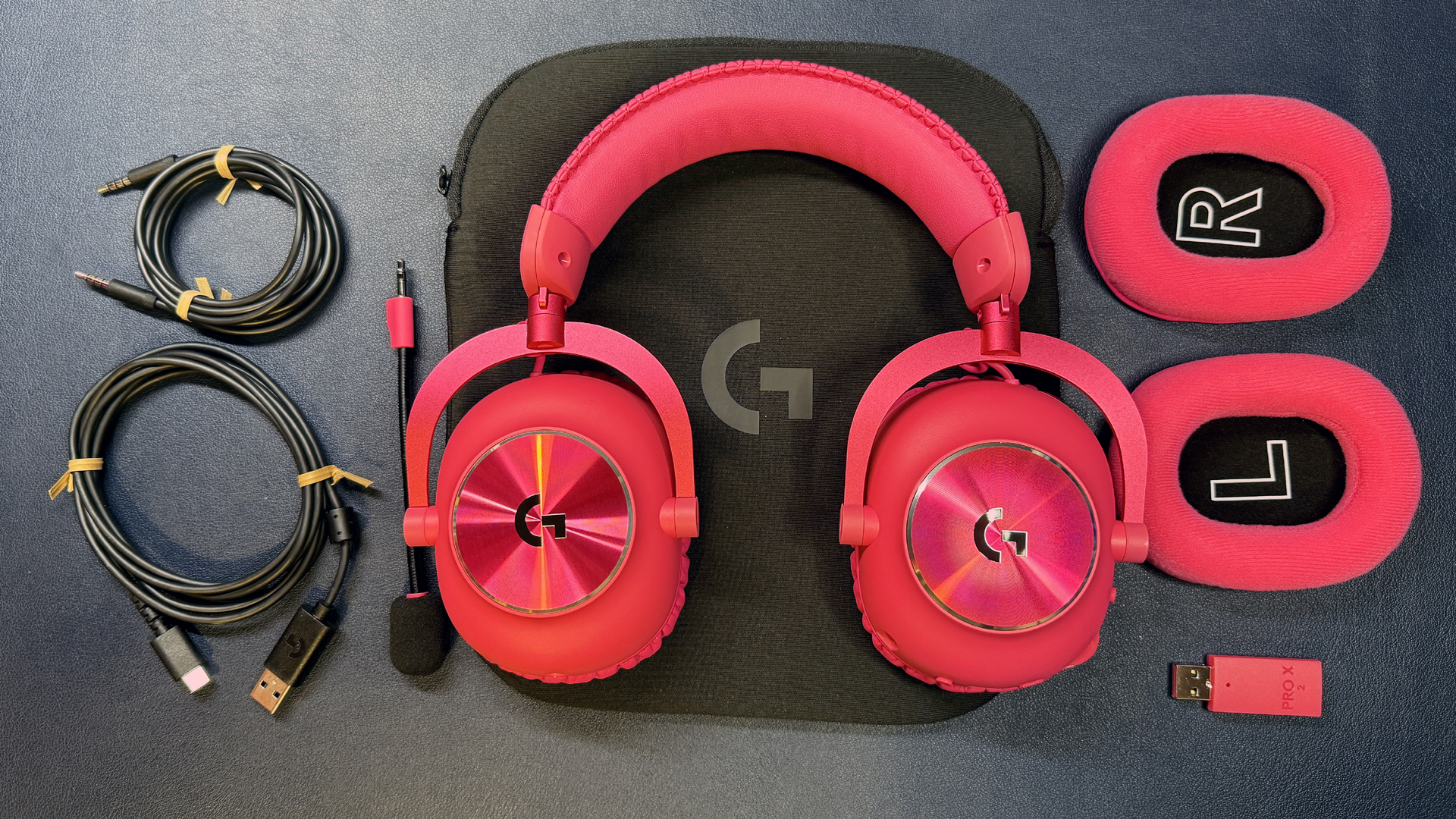
Logitech's G Pro X 2 Lightspeed also comes with replaceable earpads.
Replaceable earpads: Corsair's Virtuoso RGB Wireless XT has long been a favorite among Tom's Hardware editors. The only gripe? The earpads, which are leatherette-covered memory foam, wear out fairly quickly and are difficult to replace — mostly because Corsair didn't sell them for a long time (though I believe they do, now). Earpads tend to wear out after 1 - 2 years of regular use (or sooner, depending on what they're made of and whether you sweat), so you should look for a gaming headset with replaceable earpads. Some gaming headsets, like Logitech's G Pro X 2 Lightspeed and Asus' ROG Delta II, even come with alternate / replacement earpads in the box.
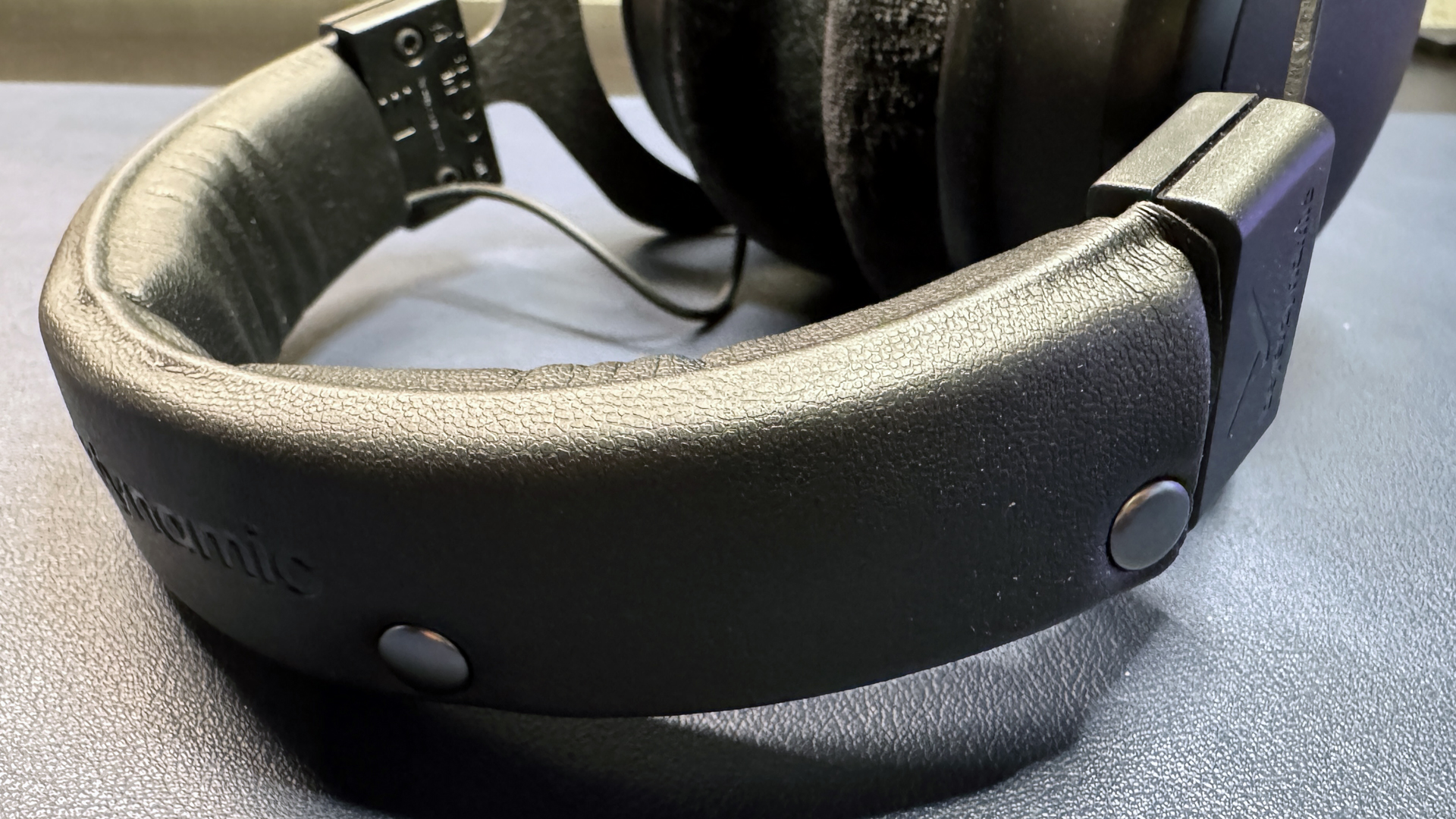

Beyerdynamic's MMX 300 Pro features snap-off headband padding.
Replaceable headband: Headsets' headband padding also wears out over time (though not as quickly as earpads). A lot of gaming headsets have built-in padding, but we're starting to see more replaceable options — such as the replaceable padding on the Corsair Void Wireless v2 and Beyerdynamic MMX 300 Pro. You'll also find headsets with alternate headband options, such as the leather strap on the Audeze Maxwell or the "ski-band" strap on SteelSeries Arctis Nova series.
Analog connection: Wireless technology and batteries can fail, but a wired analog connection will basically always work. You might think an analog connection is a given on all headsets, but we're seeing more and more wireless headsets ditch this option completely. Still, there are some, like the Asus ROG Delta II and Logitech G Pro X 2 Lightspeed, that still come with wires.
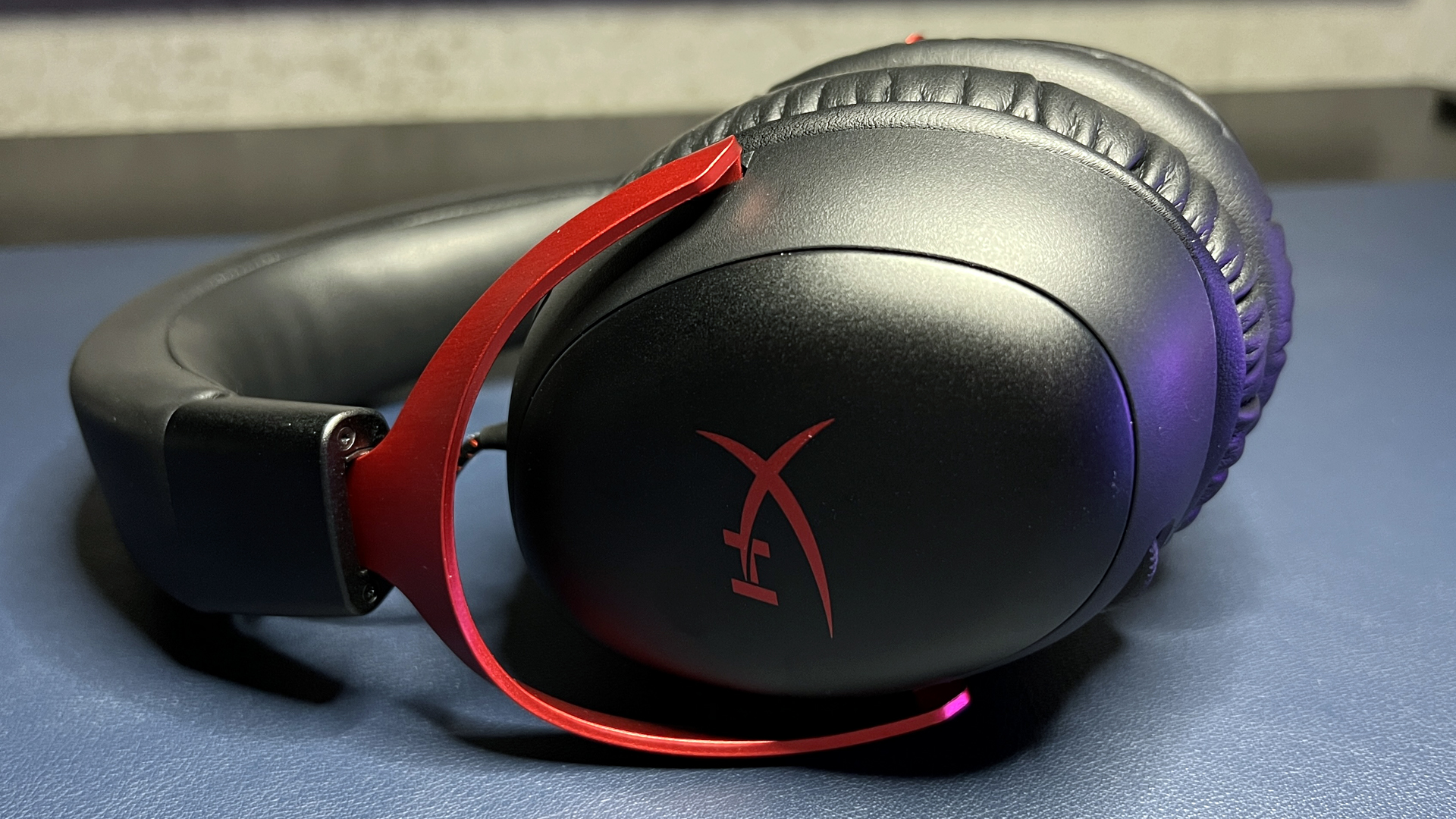
HyperX's Cloud III S Wireless has sturdy aluminum forks.
Not plastic: Well, not all plastic. Ultra lightweight headsets like the Razer Barracuda and Turtle Beach's Atlas Air are comfortable and, well, lightweight, because they're almost entirely plastic. And while this is great for comfort, it's not so great for durability — if you're looking for a headset that will last, look for one with a well-built metal headband, like SteelSeries' Arctis Nova Pro, and sturdy hinges or forks, like the HyperX Cloud III S Wireless.
Keyboards
A well-built mechanical keyboard can last forever — well, maybe not forever, but at least a few decades (the IBM Model M is basically older than the internet). But while the best gaming keyboards today are mechanical, they're probably not going to last decades (maybe a decade). I tend to refresh my keyboard every 4 - 5 years, but that's usually because it just feels like it's time for an update (or upgrade) — not because the keyboard itself is unusable.
Here's what you should look for if you're after a keyboard that will last more than a couple of years:

Asus' ROG Strix Scope II 96 Wireless' keycaps are still going strong, shine-free.
Double-shot PBT keycaps: ABS keycaps, which are prone to shine, are common on mainstream gaming keyboards, though we've seen double-shot PBT keycaps on several premium gaming keyboards, such as the Asus ROG Strix Scope II 96 Wireless and the Logitech G915 X TKL.
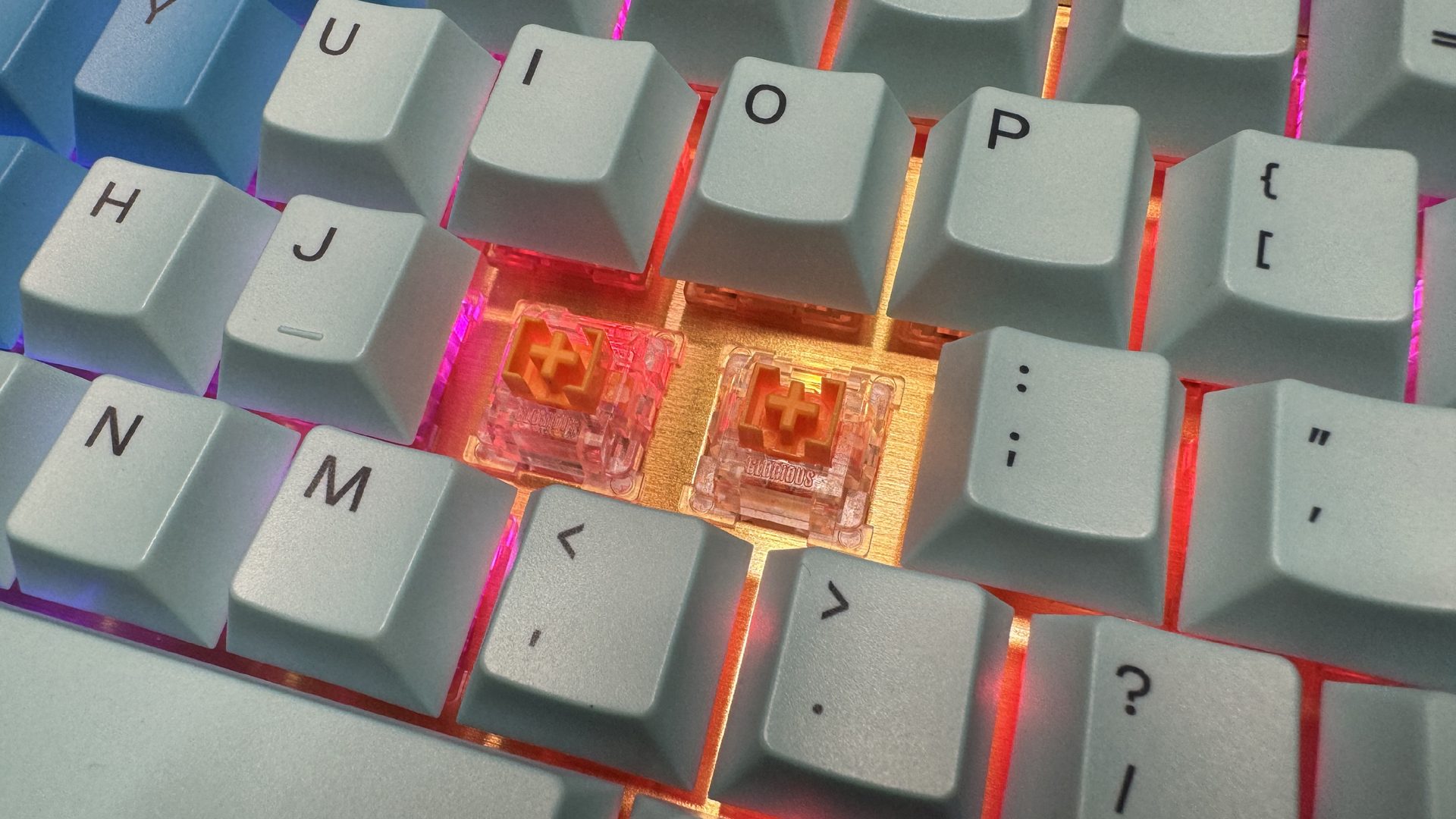
Glorious' GMMK 3 Pro series has an optional hot-swappable PCB that accepts both magnetic and mechanical switches.
Hot-swappable switches: Many gaming companies have keyboards with hot-swappable switches, but they're not all the same. Some keyboards, such as the Asus ROG Azoth X and the Lemokey L3, have standard hot-swappable PCBs that accept any and all mechanical switches. Keyboards with magnetic (Hall Effect) switches are often hot-swappable, but most (like Arbiter Studio's Polar 75 Pro) are only compatible with certain magnetic switches, but Glorious' GMMK 3 series does offer a hot-swappable PCB that works with both mechanical and magnetic switches.
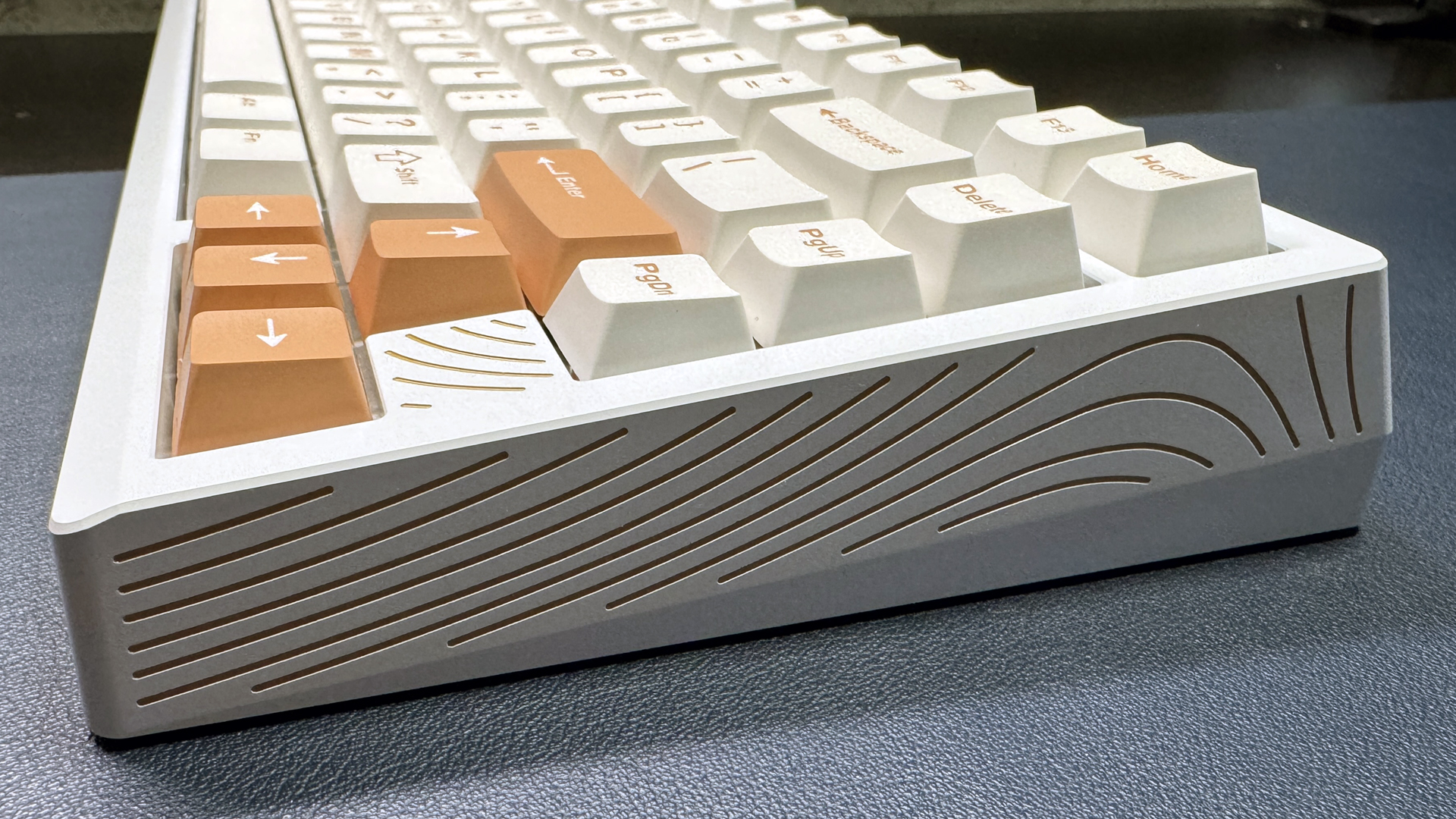
The Meletrix Boog75's aluminum case isn't going anywhere, at least.
A solid aluminum build: You don't need a keyboard with a solid aluminum case like the Meletrix Boog75 or the Keychron Q1 HE, but a better build will probably lend itself to a longer lifespan, though perhaps not for the reasons you think (after all, keyboards don't really move much). But aluminum keyboards tend to be better built overall and better able to handle aggressive typing or gaming.
Mice
Gaming mice tend to follow a pretty regular update cycle of about 1.5 - 2.5 years, and this is the one category where the update cycle isn't a terrible indicator of expected lifespan. Your mouse gets a lot more wear than your keyboard does, because it has significantly fewer buttons and it's always moving. (Also, if you are the type of gamer who gets heated, your mouse is probably the easiest thing to slam down on your desk or throw across the room.) Mouse switches and keyboard switches have similar click ratings, but you'll reach that number a lot quicker when you only have two buttons to choose from instead of 88 or 104 (or however many keys there are on your keyboard). That said, while updating your mouse every 2 - 3 years isn't crazy, you should still be able to stretch a gaming mouse's lifespan to 3 - 4 years as long as you're not excessively slamming or squeezing it.
But you still want your gaming mouse to last the full 2 - 3 years, so here's what to look for:
Solid build: This might seem like a no-brainer, but it's still worth mentioning — if you want your mouse to last, it needs to be well-built and sturdy-feeling right out of the box. If the sides are flexing or creaking, or the scroll wheel feels indecisive, or the switches are mushy... it only gets worse, not better.

For wired mice, a drag-free cable like the one on HyperX's Pulsefire Haste 2 is essential
Drag-free or detachable cable: The cable can make or break a mouse's wired experience, and most wired mice come with their cable permanently attached. If you're shopping for a wired mouse, look for one with a lightweight, flexible, drag-free paracord cable, like HyperX's Pulsefire Haste 2, or one that has a detachable cable — like SteelSeries' Aerox series.
Onboard memory: You probably do want a gaming mouse that's at least somewhat customizable, so you can adjust DPI steps and tweak various settings to calibrate the feel perfectly. But once that's set up, you're probably going to go back in and readjust things... never. While the execution of the Cherry Xtrfy M64 Pro's plug-and-play isn't perfect, the idea isn't a bad one — nobody wants a mouse that's forever tied to some clunky peripheral software that stops working whenever you actually try to use it. If you want your mouse to last through Synapse's 243 yearly updates, make sure it has several onboard profiles.
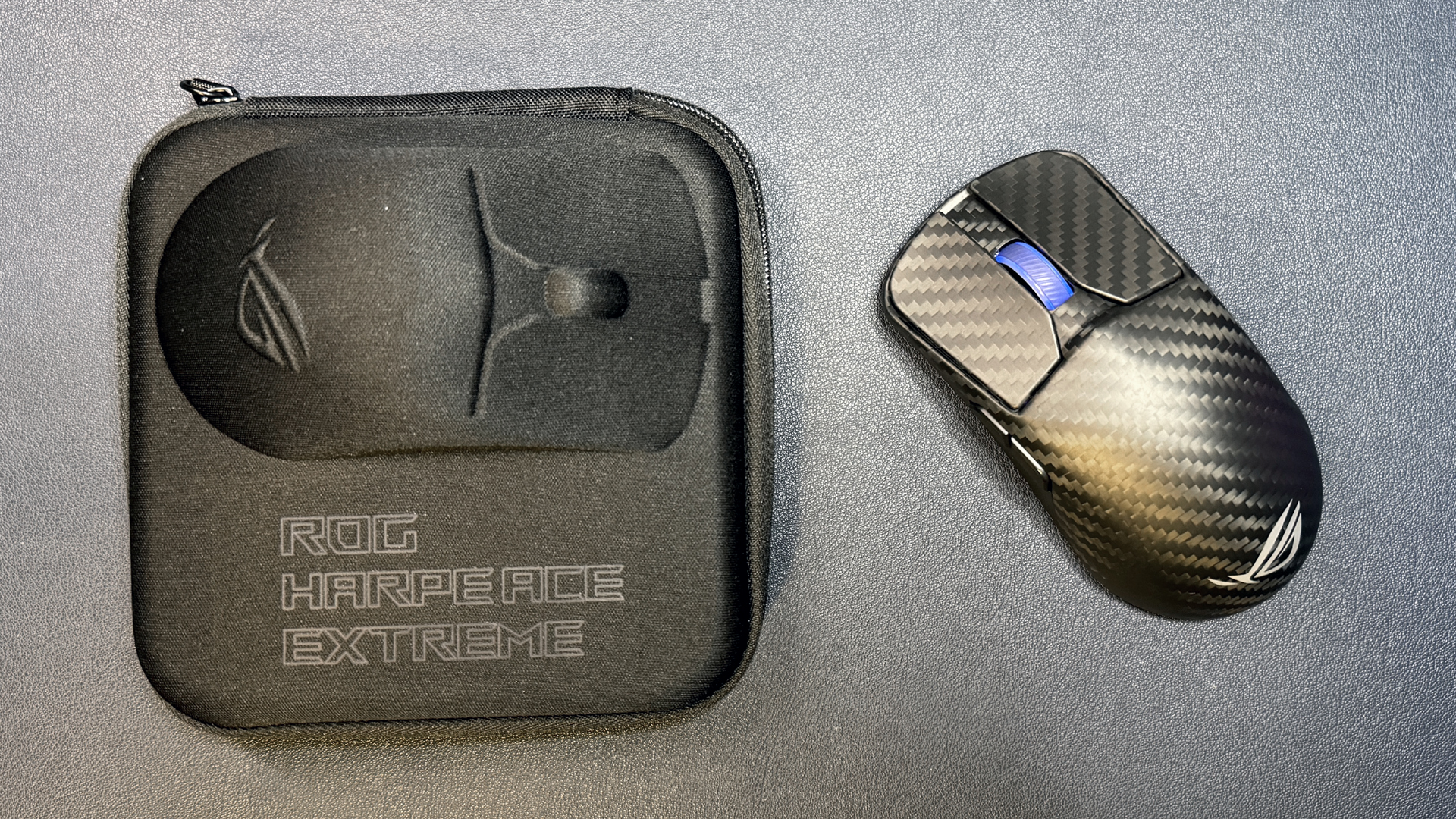
The fancy carrying case and carbon fiber shell aren't going to help the Asus ROG Harpe Ace Extreme significantly outlive its competitors.
Not made of carbon fiber: You don't want a mouse that flexes or creaks, but that doesn't mean you need one made of carbon fiber. The $250 Asus ROG Harpe Ace Extreme is an impressive, ultra-lightweight mouse with a carbon fiber chassis (well, half carbon fiber), but it's going to be subject to the same problems that other gaming mice face as they age: switch issues, an outdated sensor, and connectivity and battery life issues. Splurging on a pricey gaming mouse made of carbon fiber or, I don't know, gold isn't going to get you nearly as far as it will in other categories.
Of course, not all peripherals need regular updates. Audio equipment that isn't worn on your head, such as speakers and microphones, can easily last a decade or more — both physically and technologically. Logitech's top-of-the-line 5.1 surround Z906 system, for example, is almost 15 years old, while Rode's NT1 5th generation got a tech-y update with USB input and 32-bit float audio recording, but is otherwise largely similar to the 34-year-old original NT1. And while the best webcams are all 4K resolution now, it took a pandemic to spur that leap in technology.
Get Tom's Hardware's best news and in-depth reviews, straight to your inbox.

Sarah Jacobsson Purewal is a senior editor at Tom's Hardware covering peripherals, software, and custom builds. You can find more of her work in PCWorld, Macworld, TechHive, CNET, Gizmodo, Tom's Guide, PC Gamer, Men's Health, Men's Fitness, SHAPE, Cosmopolitan, and just about everywhere else.
-
8086 I love my Beyerdynamics, they are a worthy investment. Buy once and cry once.Reply
EDIT:
Audiophile Brands are typically serviceable too with a catalog of replacement parts for you to fix your broken headset. Such brands are (but not limited to) Beyerdynamic, Sennheiser (typically the HD models), AKG, Audio-Technica, Grado Labs, etc -
mike.stavola I have an old Logitech MX Revolution. I bought it in 2007 and used it daily for both work and gaming, for about 15 years, before retiring it. After that, I went through 2 Logitech cordless mice, a Razer, and I'm not onto a Steelseries wireless mouse. The first Logitech mouse kept losing contact with the light speed dongle, and the second one's mouse wheel got bumped too hard in a fall off the desk, onto my chair's armrest, and broke to the point where a replacement switch wasn't available anywhere. It's gone on to live on a workbench. The Razer's mouse buttons began double clicking. I contact razer support, they gave me a runaround, I go to return it and they find a crack in the case that wasn't there before I shipped it, and claim I dropped and broke it. They ship it back and it's obviously someone else's mouse, because it's a completely different model. Actually a more expensive model, in white instead of black, and it seemed to work fine, so I gave it to a friend of my son.Reply
My keyboard is currently a 100% size, wireless Keychron. I'm hoping it lasts more than a few years. It feels sturdy, likely won't show up as obsolete in the next version of Windows, and the software is built into the keyboard so it won't leave me hanging on that front. Oh and and it's rebuildable with standard keycaps and switches. I also have older wireless Logitech keyboards including the original Wave, and they've held up somewhat well. Mostly just key wear over time and breakdown of the rubber or faux leather, or flaking paint. Until I got my latest Logitech keyboard. It came with their proprietary silent mechanical key switches. After 4 months, I started getting bounce on my tab. I replace the key switch (it was soldered in) and it migrates to my W key. And then my escape. And my spacebar. I ended up swapping out 6 keys before my new tab switch began failing to register keypresses. Turned out the new switch had a cracked leaf spring that fell off when I disassembled the switch. That board ended up getting stripped for parts. I couldn't even replace the key caps that began wearing 3 months after purchase. And I had zero help from Logitech, who claimed that I purchased the keyboard from a non-approved vendor and there was no warranty. I bought it off Walmart's website. They claimed that I purchased it through a vendor (which wasn't on the invoice) that this vendor is no longer on the platform, and that Walmart wouldn't take the return themselves.
But that said, I have similar stories to my mouse and keyboard with my multiple flaky Astro A50s (every one has a different problem and they slowly get combined to make working ones that break in new eays), my box of malfunctioning gaming keyboards that I spent way too much money on to scrap, and newer monitors that only seem to work properly for exactly 4 years. But in my storage, I have a 22" Viewsonic high-resolution, 100hz CRT monitor, a linear modded Dell AT-101 mechanical keyboard, and a Microsoft mouse that was modded by Steelseries that all work flawlessly after a solid 20-25 years. Oh and a set of Boston Acoustics surround sound speakers with subwoofer that sound great for gaming They may all be worn a bit, with yellowed paint or sticky rubber (the Dell's keys are worn badly enough that there are craters in the home keys and a small valley in the spacebar) but they were pulled out recently and work as well as they did back in the early 00s, when I'd drag them to LAN parties in a shopping bag.
That keyboard, by the way, replaced a Chicony keyboard that I got in the early 90s. I badly painted it black, wore out multiple key caps, and cracked the chassis. The screws were long lost and replaced with some random wood screws before the Millennium Bug was even .talked about. But I still have it and it's still working on a computer from the early 90s, along with an ancient Microsoft ball mouse and Dell monitor. Yeah, even the basic stuff held up better than the good stuff does now.
And as an aside, my 6-year-old Dell keyboard at work has been junk since year 2. My new Logitech cordless kit is only 2 months old and the mouse is already starting to randomly stop tracking during use, requiring either I wait for 10 seconds or power cycle it. Oh and the Logitech Zone headset with Teams certification? That thing sounds, looks, and feels like a $30 pair of wireless headphones, and cost over $100 through work.
I could go in about this, but I think my point's pretty well made. -
Scanphor Biggest step in the right direction for me was stop buying anything made by Razer... That pretty much doubled the average lifespan right there.Reply -
Arlondiluthel I'm still using a wired Microsoft Sidewinder mouse that I bought in 2006. It's outlasted 4 entire PCs. I despise lightweight and wireless mice, this one has an adjustable weight tray, which I loaded with 30g of weights (the heaviest you can go with what it came with).Reply